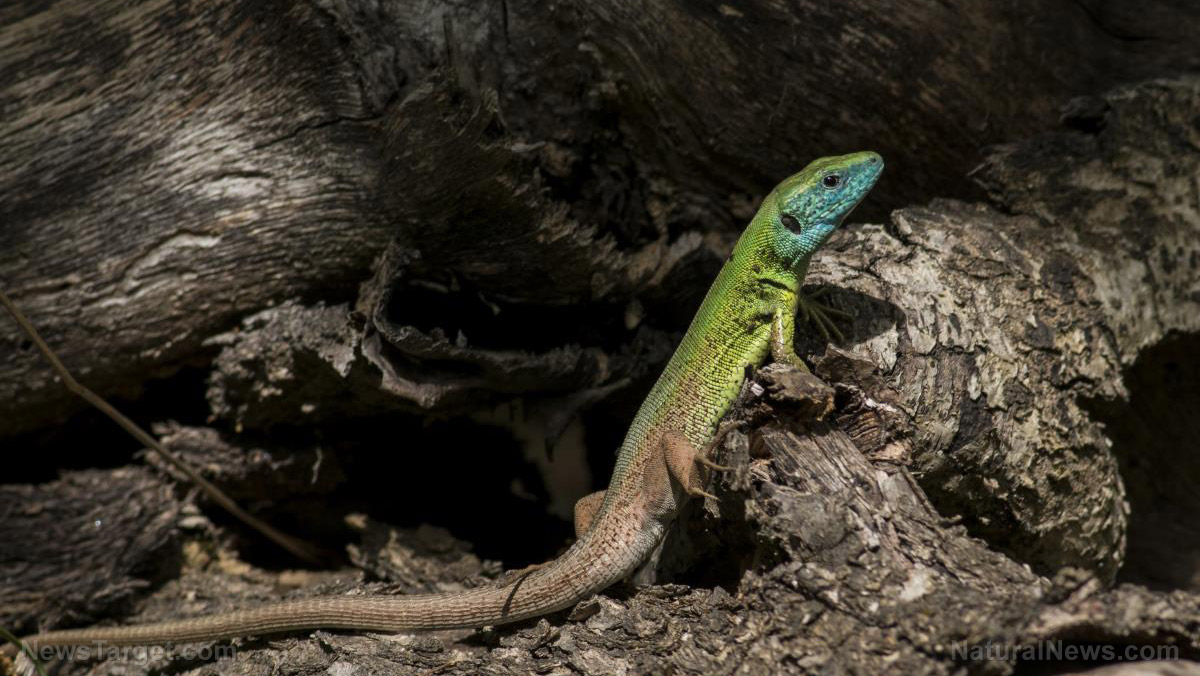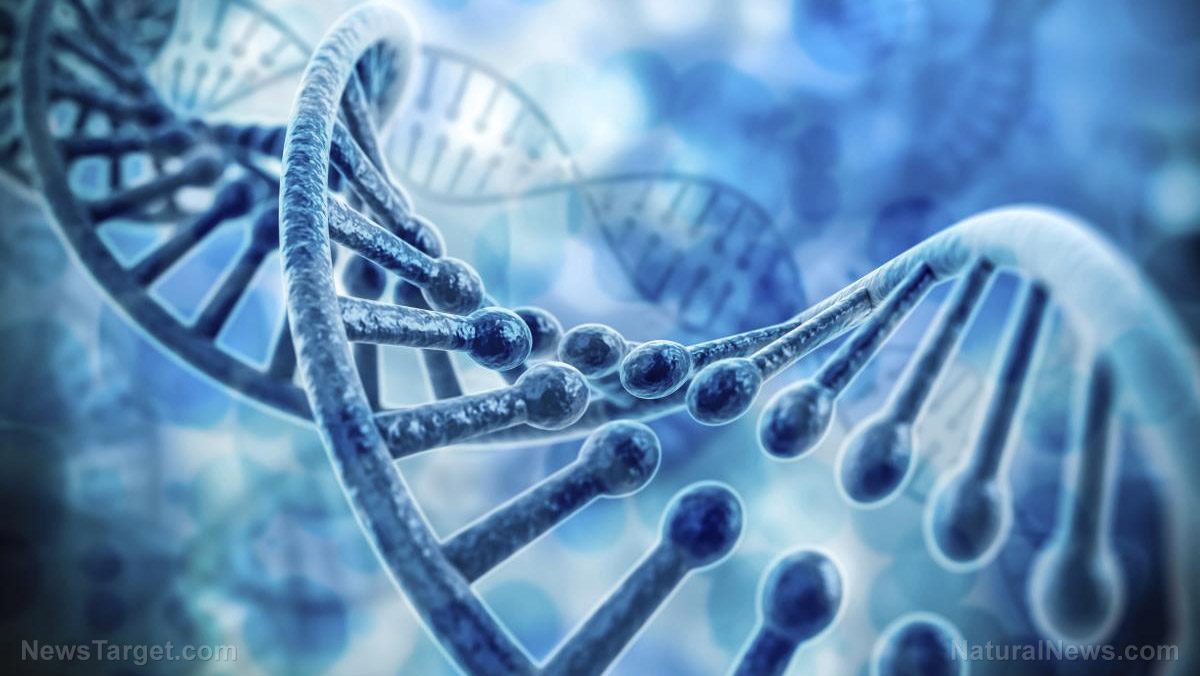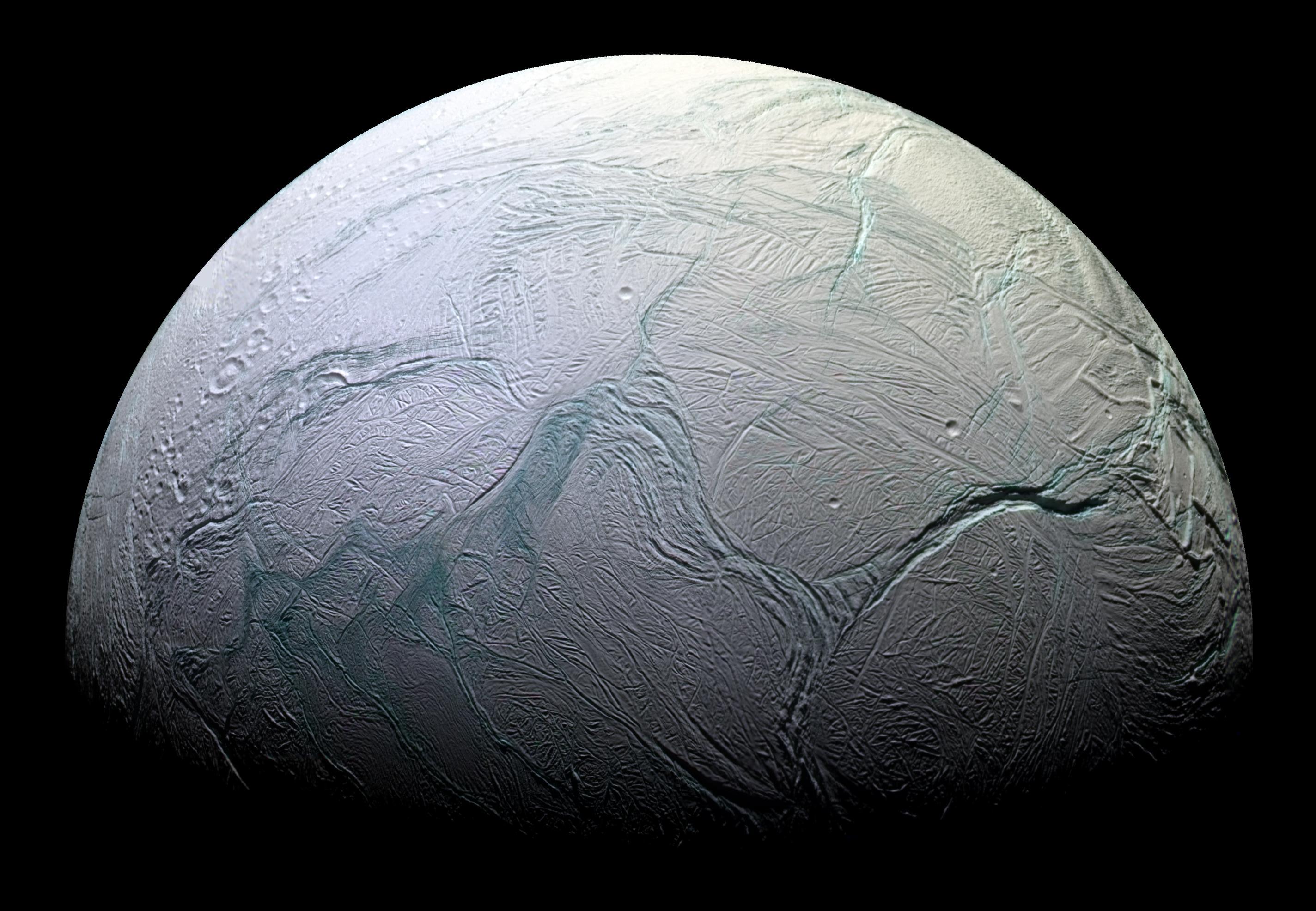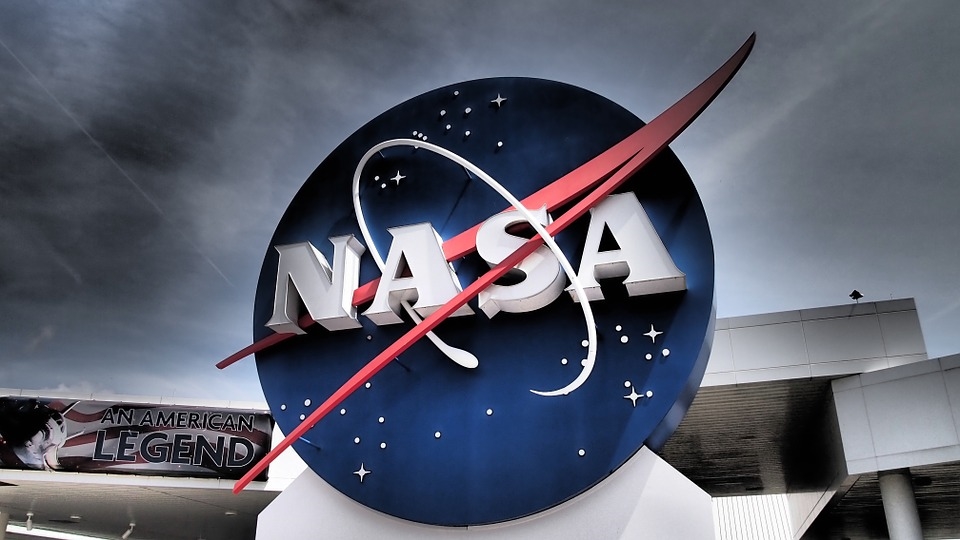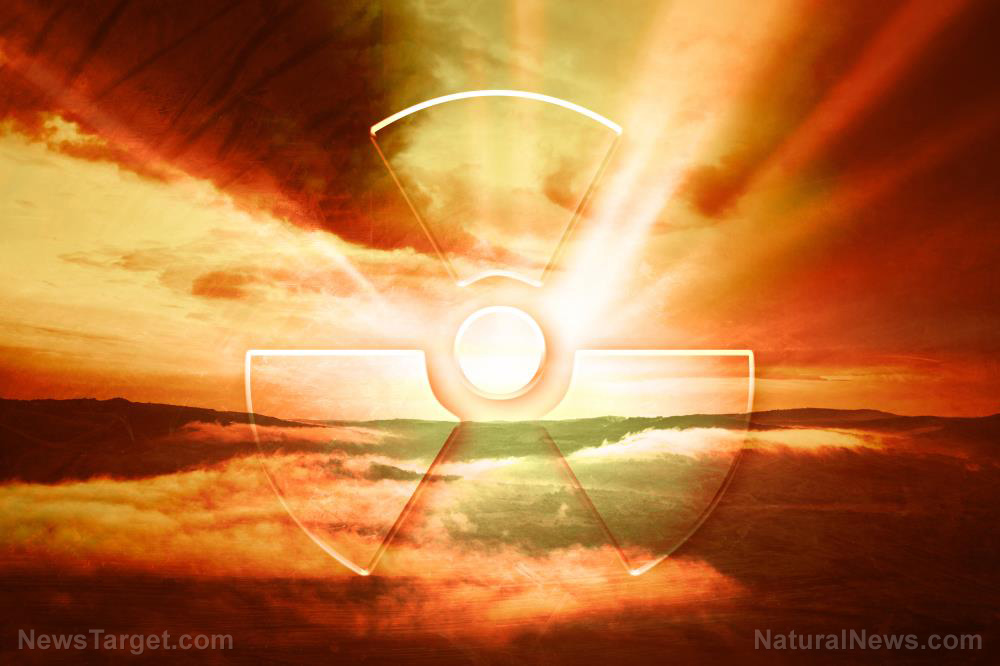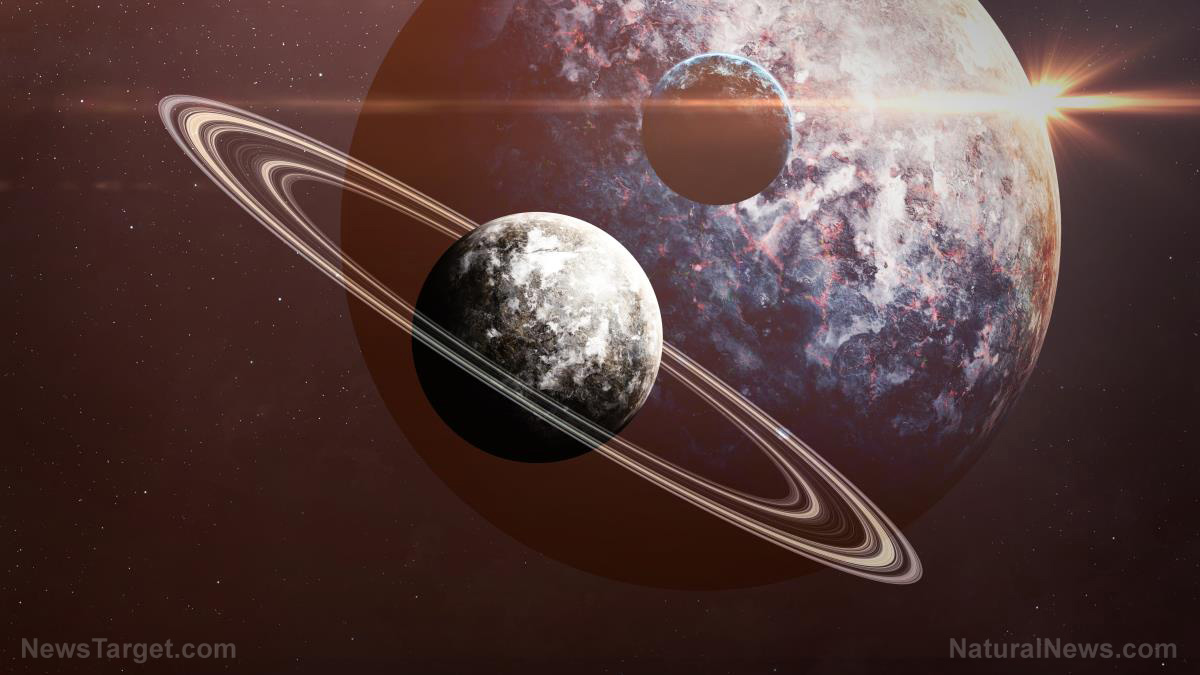The Milky Way had a large sibling that we never knew existed, because Andromeda ate it billions of years ago
10/17/2018 / By Edsel Cook

Science fiction writers like to use the Andromeda Galaxy as the origin point for various extraterrestrial threats to mankind. An article in Space.com likens the Milky Way’s neighbor to a cannibal that devours other galaxies – such as the long-lost sibling of our home galaxy.
The galaxy group known to astronomers as the Local Group spans across a distance of ten million light-years. It is made up of more than 50 galaxies. Its three biggest current members are the Milky Way, Andromeda, and Triangulum galaxies.
The Triangulum Galaxy used to be the fourth biggest galaxy in the Local Group. The previous holder of third place was devoured by Andromeda a long time ago, a new study from the University of Michigan (UM) proposed.
“Astronomers have been studying the Local Group — the Milky Way, Andromeda and their companions — for so long,” said UM professor Eric Bell, the co-author of this study. “It was shocking to realize that the Milky Way had a large sibling, and we never knew about it.” (Related: Astrophysicist claims that aliens are racing against dark energy, capturing stars from other galaxies, reeling them in, and harvesting their resources.)
The Local Group’s cannibal galaxy
Like the Milky Way, Andromeda is a spiral galaxy. Astronomers believe it has swallowed up many smaller galaxies in the past. It has so many victims to its account, in fact, that it is very difficult to determine the specifics behind any single collision.
Bell and his fellow author, Richard D’Souza, created computer simulations of Andromeda. They studied the stars in the spherical region that surrounds the galaxy’s disk. Eventually, they determined that the majority of the stars in this outer stellar halo came from one very specific collision.
They used the stars in the halo to identify the properties of the biggest galaxies that were consumed by Andromeda. Their new computer model allowed them to place a specific date for the galactic collision.
It also let them recreate the profile of the victim, which they named M32p. They believe the lost galaxy is at least 20 times the size of the biggest galaxies that the Milky Way has ever consumed.
Furthermore, they identified Andromeda’s satellite galaxy M32 as the last surviving remnant of M32p after it was run over by Andromeda. They deduced this from the strange shape of M32.
“M32 is a weirdo,” Bell remarked about M32. “While it looks like a compact example of an old, elliptical galaxy, it actually has lots of young stars. It’s one of the most compact galaxies in the universe.”
Andromeda ate the Milky Way’s sibling galaxy – and it’s coming for us
The result of the UM computer modeling matches up with an earlier 2018 study. In the other study, a GEPI research team reported that Andromeda merged with another large galaxy at around the same time that it collided with M32p.
The collision triggered the formation of numerous stars that now comprise Andromeda. At that point in time, the Earth has already been formed, making our planet older than Andromeda.
D’Souza and Bell recently published their findings in the journal Nature Astronomy. They believe their computer models will serve astronomers who are studying the changes and effects caused by the merger of galaxies.
Among other things, their models show that the disks of spiral galaxies can actually survive massive collisions with other galaxies. Andromeda clearly retains its beautiful disk despite crashing into M32p.
So what’s next on the menu for Andromeda? The Milky Way is set to collide with it in the distant future, creating a supergalaxy that should be a sight to see for any humans who are still alive by then.
Cosmic.news has more stories about the big, bad, galaxy-munching Andromeda Galaxy.
Sources include:
Tagged Under: Andromeda Galaxy, astronomy, collisions, Earth, Galaxies, Milky Way, Milky Way galaxy, Space, weird science

